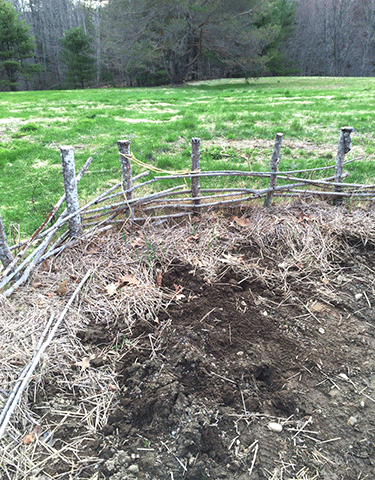Microbial populations in the soil are critical in our lives. The soil microbiome helps to grow our food, nourishing and protecting plants, while also providing important ecological services such as erosion protection, water filtration and climate regulation. We are increasingly aware of the tremendous microbial diversity that has a role in soil heath; yet, despite significant efforts to isolate microbes from the soil, we have accessed only a small fraction of its biodiversity. Even with novel cell isolation techniques, <1–50% of soil species have been cultivated (Janssen et al., 2002; Van Pham and Kim, 2012). Metagenomic sequencing has accelerated our access to environmental microbes, allowing us to characterize soil communities without the need to first cultivate isolates. However, our ability to annotate and characterize the retrieved genes is dependent on the availability of informative reference gene or genome databases.

